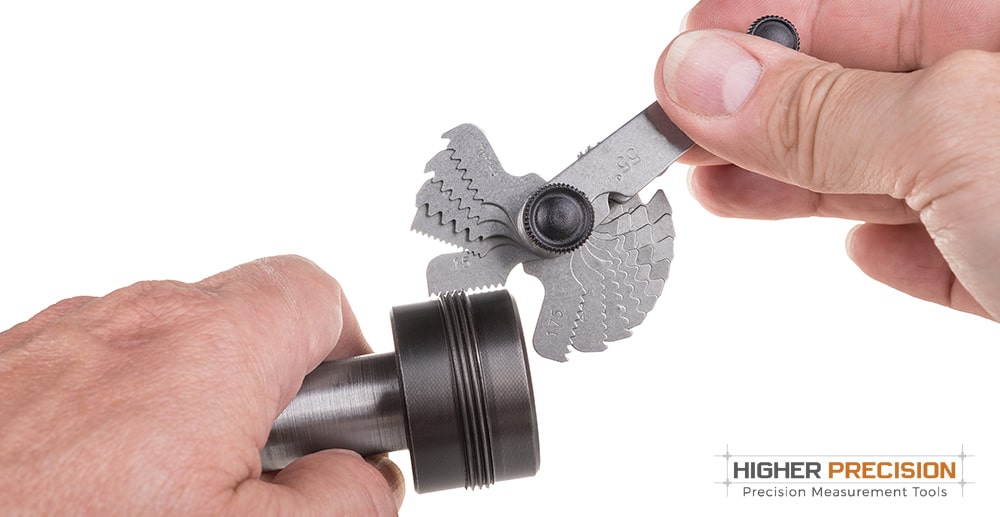You may have been seeing a lot about TPI in your research in precision measurement, particularly concerning screws, fasteners, or pitch conversions. But what does TPI stand for? What does it mean exactly and why is it sometimes called pitch? Well, TPI stands for “threads per inch” which literally means the number of threads within each inch on a screw, a bolt, or a fastener. The thread itself is the uniform band of protruding material that helically rotates around a screw. When looking horizontally at a screw, the thread can be distinctly seen and counted. To determine the TPI of a screw, you simply count the number of threads contained within an inch of length.
In the broadly accepted Unified Screw Thread System, there are four standard sizes of threads that you ought to know. The United States, Canada, and Great Britain all accept the Unified Screw Thread System. These sizes are based on the coarseness of the thread itself which ultimately impacts the TPI of the part. First is a course thread, known as UNC; second if a fine thread, known as UNF; third is an extra fine thread, known as UNEF; and fourth is a unified special thread, known as UNS. The system comes with tables that help to calculate and convert among the different types. Just by knowing the value of the unified screw thread system, you can also know the specific threads per inch of the part.
Often what you will see in the metrology world is a bunch of numbers that refer to a particular bolt or screw and look like this: ¼”-20 x 2″. There is actually a lot of information in this string of numbers. What we have here is a screw that is a quarter inch in diameter, with a TPI of 20 (20 threads per inch), that is 2 inches in length. Knowing the TPI of a particular screw or bolt is important because it ensures that the screw or bolt will match the part you are inserting it into. Thread pitch is a phrase that is commonly seen alongside or instead of threads per inch. The thread pitch of a screw refers to the distance between two individual threads. A thread pitch measurement is used instead of TPI when referring to metric parts. Thread pitch can be converted to TPI through hand calculations, automated calculators, or standardized tables.
When screws come with finer or courser threads, it will impact the TPI as well as the strengths and weaknesses of the screw itself. When a screw has a set of finer threads, more threads can fit in each inch along the screw and therefore it has a higher TPI. When a screw has a set of courser threads, not as many threads will exist in each inch of length and thus that screw will have a lower TPI. Finer threads will have larger stress areas and are therefore stronger in tension. They will also have higher shear strengths and allow for closer degrees of adjustment. Courser threads will come with a greater degree of fatigue resistance, be less likely to cross thread, and permit thicker coatings or platings.
Knowing the threads per inch, or TPI, of a screw is important for knowing that you have the right part. The TPI of a screw is the number of threads in each inch of length and can be converted to the thread pitch when working with metric parts. Every bolt or screw measurement should come with the diameter, length, and TPI. Pay attention to the TPI to ensure that you are using the right part for the right job, and grow your expertise by improving your TPI to thread pitch conversion skills.

